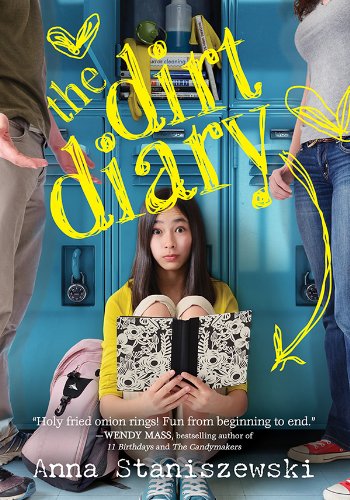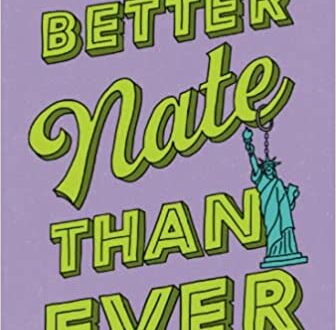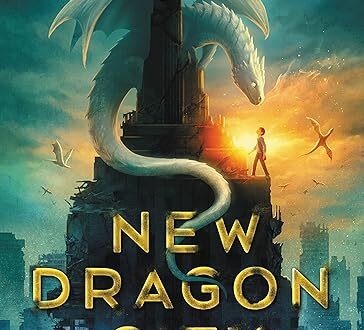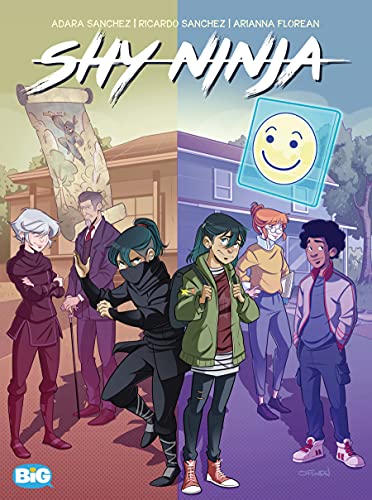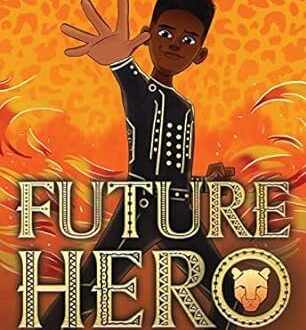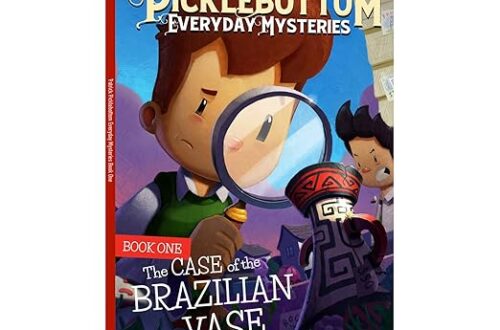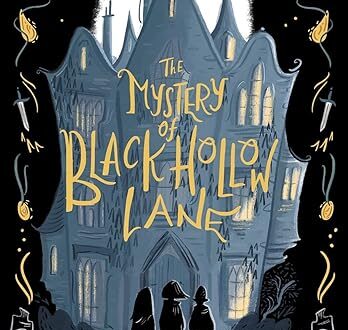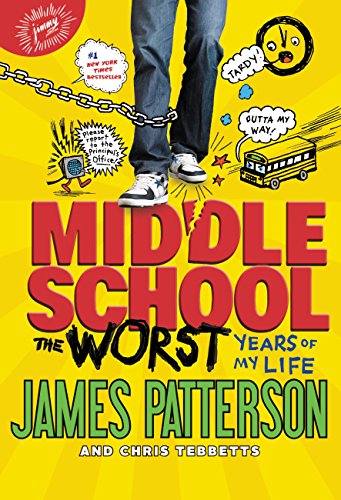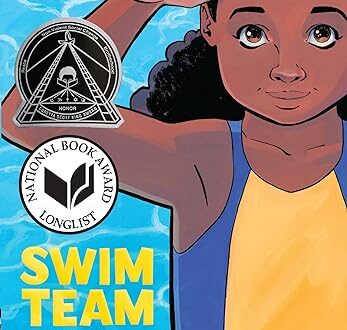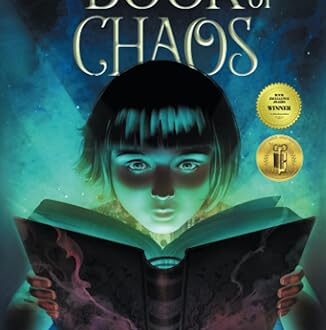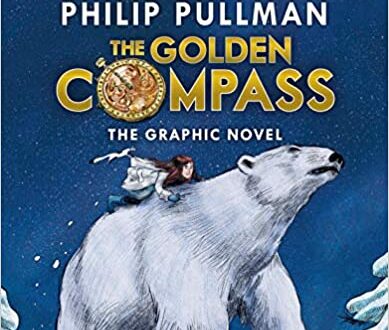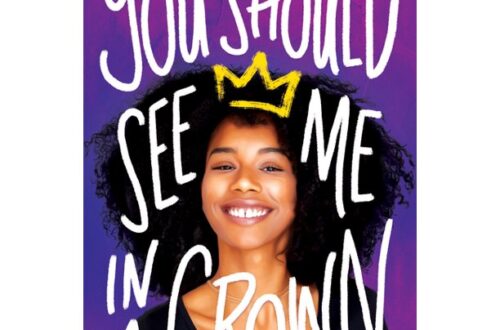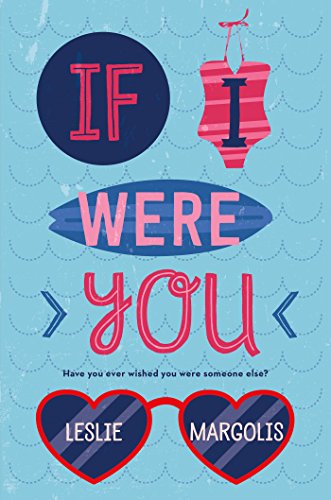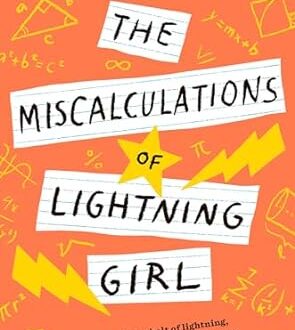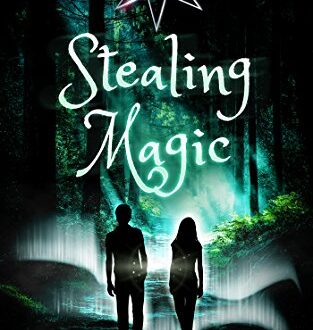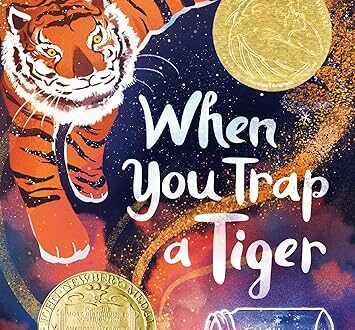-
The Story Behind America’s Street Names!
Have you ever looked up at a street sign and wondered how that street got its name? Think about it, who comes up with a street’s name? In fact, why do we even name streets at all?
The practice of naming streets goes back a long time to when people started to live close together in an urban setting for protection and convenience. When we first had to hunt and gather our food for ourselves and our families, living in a cave or huddled around a fire was okay. But once we started gathering food, and farming, and raising animals for food, then it made sense to settle in one place with other people.
That way, we could buy and sell what we needed to stay alive and provide for our families. Plus, living close together like that offered us protection from wild animals or hostile enemies. As those early settlements grew in size and complexity, the residents soon discovered naming streets and locations made it easier to find your way around the place.
All our ancestors brought that custom over from their old countries when they migrated to this country. Now, every community’s streets are named so you can find your way around the city or town.
In the beginning, people named the streets after things like an occupation—Weaver Street, Carpenter Avenue, Butcher Street, Cooper Street, Wheelwright Avenue. Or after natural features like—High Street, Market Street, Riverside Drive, Shady Lane. Take, for instance, Wall Street in New York City. That was named for the wooden wall that was built there by the early Manhattan settlers to protect themselves and their homes from flooding from the nearby river and from wild animals.
Or they would name the street after important buildings like Church Street, or Penny Lane—where the banks or shops were. Or they would name them after beautiful landscapes like Oak Drive or Willow Place. As the town or city prospered, we named streets after people of importance, like Martin Luther King, Jr. Boulevard, Washington Drive, and Armstrong Way. Or they would name streets after familiar places—like Devonshire Boulevard, or Nordhoff Street.
Or else they would name them after historical events—like Veteran Avenue in honor of the men and women who took part in wartime events like battles or military campaigns. Or they would name a street after the community’s cultural landmarks—like Google Way, or Microsoft Drive, or Apple Avenue. When we moved into suburbia in the mid-20th century, the developers were the ones who named the streets in their development communities—names like Prospect Way, or Shady View Glen. Names they hoped you would view your new home, and community, as being like.
There’s a story behind every single street name in your community. The next time you are out riding your bike, riding in a car, or walking with your friends—look at the street signs you pass, and pay attention to their names. They can tell you a lot about your city or town. You just might discover interesting connections to the past and the people who shaped the places you call home.
Who knows? It might give you an idea for a school report you could write, in order to share interesting information with your friends and teacher. The place to start is with your friendly librarian and the City Planner’s Office in your town.
Happy street name hunting!
AIME
-
The Dirt Diary
A hilarious tale about the weight of responsibility that comes from a secret-filled diary.
Rachel can’t believe she has to give up her Saturdays to scrubbing other people’s toilets. So. Gross. But she kinda, sorta stole $287.22 from her college fund that she’s got to pay back ASAP or her mom will ground her for life. Which is even worse than working for her mother’s new cleaning business. Maybe. After all, becoming a maid is definitely not going to help her already loserish reputation.
But Rachel picks up more than smelly socks on the job. As maid to some of the most popular kids in school, Rachel suddenly has all the dirt on the 8th grade in-crowd. Her formerly boring diary is now filled with juicy secrets. And when her crush offers to pay her to spy on his girlfriend, Rachel has to decide if she’s willing to get her hands dirty.
From author Anna Staniszewski for Readers 10-14.
-
Syzygy and Selenelion
We are kicking off our AIME adventure with two words every stargazer should know—syzygy (pronounced sih-ZIH-jee) and selenelion.
Syzygy is when the sun, Earth, and the moon align. This happens twice a month during the full moon and the new moon. Syzygy can also occur when the sun, Earth, and another planet line up. During a new moon syzygy, the sun and the moon lie on the same side of Earth. This is known as conjunction.
The full moon syzygy happens when Earth comes between the sun and the moon. This is known as opposition. And a third example of syzygy is during a total lunar eclipse, when the full moon is on the opposite side of the earth from the sun.
A fourth example of syzygy happens during an annular eclipse when the moon aligns between Earth and the sun. It leaves a ring of the sun’s light still visible around the moon. This alignment usually occurs every year or two, but it is only visible across a small area on Earth. This is because the moon is so much smaller than the sun.
A solar eclipse is the fifth example of syzygy. This happens when the moon orbits Earth and it moves between Earth and the sun in its passage. This is called a solar eclipse, and the moon appears as a dark shadow on just a small part of the sun’s gigantic surface.
Since both the sun and the moon orbit Earth, why don’t eclipses occur every single month at the full and new moons?
If Earth and the moon orbited on the same plane around the sun, we would indeed have a total solar eclipse—and a total lunar eclipse—every month. But the moon’s orbit is inclined to Earth’s orbit by about five degrees. So, no total eclipses every month.
Now what is a selenelion, which is sometimes called a selenehelion? First, it helps to understand what the word means. It is a French word that comes from the ancient Greek words selēnē, moon and hēlios sun. This is an uncommon eclipse phenomenon where you can see the sun near the horizon and the eclipsed moon near the opposite horizon at the same time.
Wouldn’t that be a cool thing to see?
You can now impress your friends with your stargazing knowledge. Look how much you have learned in a short time about eclipses and planet alignments. Plus, you now have two interesting words you can use that most adults have never heard before. Have fun using them and impressing the people around you. Who knows, maybe you can interest them into learning more fun facts about the world around them.
AIME
-
Shy Ninja
Young Rena suffers from a social anxiety disorder. It keeps her from engaging at school, from hanging out with her best friend in person, or participating in any sort of group activity. Pressed by her mother to find some social outlet, she enrolls in a School for Ninjas—and in an instant, her life changes. Rena’s instructor, the mysterious Dysart, tells her that her presence fulfills an ancient prophecy and that she will become the Ninja legend known as “The Ghost.” Assuming she can even get past her own anxieties, will she help Dysart return the Ninja to their former glory, or is Dysart planning to exploit Rena for his own cryptic aims?
From authors Ricardo and Adara Sanchez and illustrator Arianna Florean for Readers 10-14.
-
The Story Behind America’s Street Names!
Have you ever looked up at a street sign and wondered how that street got its name? Think about it, who comes up with a street’s name? In fact, why do we even name streets at all?
The practice of naming streets goes back a long time to when people started to live close together in an urban setting for protection and convenience. When we first had to hunt and gather our food for ourselves and our families, living in a cave or huddled around a fire was okay. But once we started gathering food, and farming, and raising animals for food, then it made sense to settle in one place with other people.
That way, we could buy and sell what we needed to stay alive and provide for our families. Plus, living close together like that offered us protection from wild animals or hostile enemies. As those early settlements grew in size and complexity, the residents soon discovered naming streets and locations made it easier to find your way around the place.
All our ancestors brought that custom over from their old countries when they migrated to this country. Now, every community’s streets are named so you can find your way around the city or town.
In the beginning, people named the streets after things like an occupation—Weaver Street, Carpenter Avenue, Butcher Street, Cooper Street, Wheelwright Avenue. Or after natural features like—High Street, Market Street, Riverside Drive, Shady Lane. Take, for instance, Wall Street in New York City. That was named for the wooden wall that was built there by the early Manhattan settlers to protect themselves and their homes from flooding from the nearby river and from wild animals.
Or they would name the street after important buildings like Church Street, or Penny Lane—where the banks or shops were. Or they would name them after beautiful landscapes like Oak Drive or Willow Place. As the town or city prospered, we named streets after people of importance, like Martin Luther King, Jr. Boulevard, Washington Drive, and Armstrong Way. Or they would name streets after familiar places—like Devonshire Boulevard, or Nordhoff Street.
Sometimes they would name them after historical events—like Veteran Avenue in honor of the men and women who took part in wartime events like battles or military campaigns. Or they would name a street after the community’s cultural landmarks—like Google Way, or Microsoft Drive, or Apple Avenue. When we moved into suburbia in the mid-20th century, the developers were the ones who named the streets in their development communities—names like Prospect Way, or Shady View Glen. Names they hoped you would view your new home, and community, as being like.
There’s a story behind every single street name in your community. The next time you are out riding your bike, riding in a car, or walking with your friends—look at the street signs you pass, and pay attention to their names. They can tell you a lot about your city or town. You just might discover interesting connections to the past and the people who shaped the places you call home.
Who knows? It might give you an idea for a school report you could write, in order to share interesting information with your friends and teacher. The place to start is with your friendly librarian and the City Planner’s Office in your town.
Happy street name hunting!
AIME
-
Middle School, The Worst Years of My Life
Rafe Khatchadorian has enough problems at home without throwing his first year of middle school into the mix. Luckily, he’s got an ace plan for the best year ever, if only he can pull it off: With his best friend Leonardo the Silent awarding him points, Rafe tries to break every rule in his school’s oppressive Code of Conduct. Chewing gum in class–5,000 points! Running in the hallway–10,000 points! Pulling the fire alarm–50,000 points! But when Rafe’s game starts to catch up with him, he’ll have to decide if winning is all that matters, or if he’s finally ready to face the rules, bullies, and truths he’s been avoiding.
From authors James Patterson and Chris Tebbetts, and illustrator Laura Park, for Readers 9-12.
-
Welcome to Bits & Bobs
Welcome to our Wednesday column known as “Bits & Bobs.” “Bits & Bobs” is an informal expression that refers to various small, miscellaneous objects or things. The expression is believed to have originated in Britain in the mid-20th century. And now that we’re in the early 21st century, a new expression has burst onto the scene that has everybody excited—AI, short for Artificial Intelligence.
People either love AI. Or they are scared to death of it.
The people who embrace AI think it’s wonderful. It can write their entire school report for them. People who are afraid of it, fear that it is going to replace them and the work they do. Especially many adults. But kids are more adventurous. Plus, they don’t have to worry about losing their job that they need to support their family. So, there are good reasons to listen to both sides of the AI argument that is currently going on around you.
Yes, there is that yet unproven danger of AI replacing people whose jobs depend upon them writing anything as part of their job. Yet, at the same time, because AI currently appears to be so new to us, we have to realize that we have been using AI for a long time. It is just that it has been “behind the scenes” until now. But now the technical experts have made some major breakthroughs in AI development—AI can now think for itself, just like we can.
Because AI can think for itself, many people are afraid it is going to take over the world. And that is a valid fear. But we humans created AI. So, we have to teach it how to behave. Just as parents teach children as they grow up.
AI is a very powerful tool, and we have to be smart about how we deal with it. The more you know about AI, the better you can use it to produce positive results for yourself and those around you.
To prove our point, we came up with the idea of working with AI to produce an interesting column every week for you to read. We (humans) came up with a list of topics that we thought you would find interesting. Then we asked AI to produce just one paragraph on each individual topic. From that paragraph, we are going to write an entire article for your enjoyment. By working together, we can show how AI is, indeed, a very useful tool.
Plus, we have decided to sign these AI inspired articles AIME—AI and Me!
So, welcome to our experiment and we will see you next week with an interesting new article for you to read.
Your Friends at Bookwhiskers
-
If I Were You
Katie’s reasons why it’s better to be Melody:
-She’s a boy magnet. I’m more like a boy repellent.
-Her parents never make her do any chores. Meanwhile, I get stuck babysitting almost every day.
-Melody’s parents are still married. Mine are, too . . . to other people.Why Melody thinks Katie has the ideal life:
-Her house is fun and lively. My house is empty and lonely.
-They have family dinners practically every single night. My dad almost never comes home.
-Everyone always talks about how pretty I am, like that’s the most important thing, like that’s all I am . . .Twelve-year-old Katie is insanely jealous of her best friend, Melody. Turns out Melody is jealous of Katie, too. When they both wish for the exact same thing at the exact same time, to redo summer as each other, their wishes come true. Katie is Melody and Melody is Katie and neither one has the experience she expected. In this be-careful-what-you-wish-for tale, two best friends learn that the grass is not always greener on the other side.
From author Leslie Margolis for Readers 10-14

